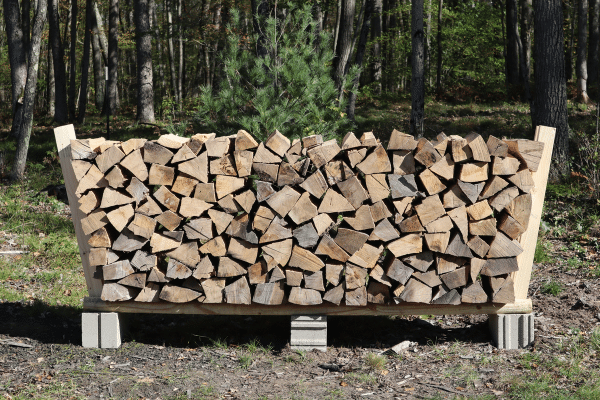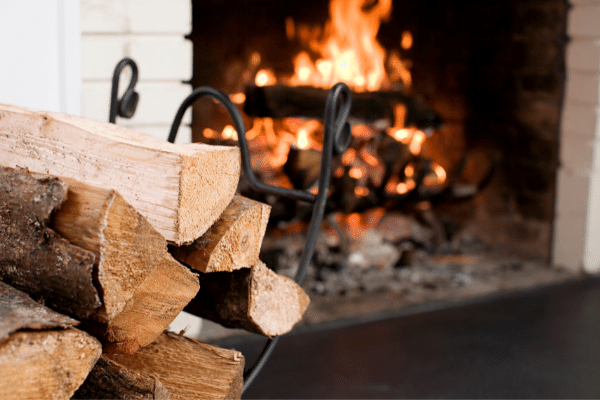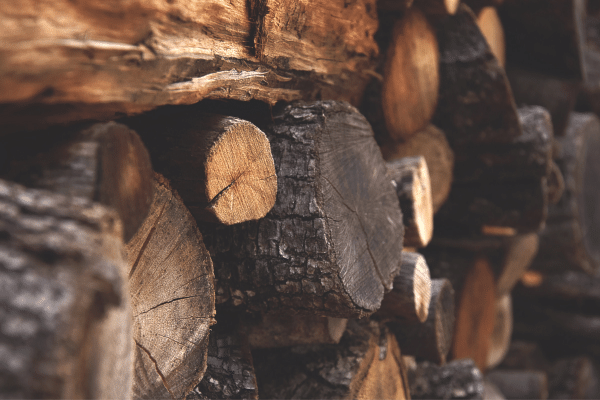- Home
- Storing Firewood
- Is Spruce Good Firewood
Is Spruce Good Firewood?
This post may contain affiliate links so I earn a commission.
If you have spruce trees growing in your area, you may be asking yourself the question.....is spruce good firewood?
In some regions of the world, you’ll find more access to certain species of trees for firewood.
Many high-elevation forests are filled with spruce trees, making them a good option for those who live nearby to burn when needed.
It isn’t always everyone’s first pick when looking for excellent wood to burn, but that doesn’t mean it isn’t worth using when available.
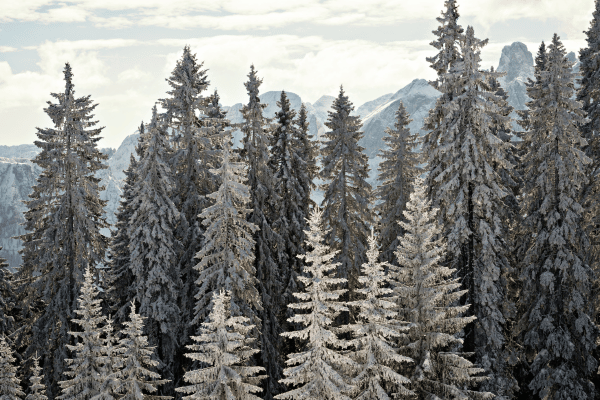
Spruce is a low-density softwood that can result in a high level of creosote buildup.
However, when left to season properly it’s unlikely to present a lot of issues, making it a decent enough firewood for your wood stove or fireplace.
Spruce Trees
Spruce trees are widely distributed across North America, which makes them an accessible choice for many people looking for good firewood.
There are plenty of different species of spruce including Black Spruce, Red Spruce, Blue Spruce, Sitka Spruce, and so on, but each one of these species tends to burn the same as the others.
The main lookalike for spruce trees is the fir tree.
There are a few easy ways to distinguish between the two of them, such as spruce’s down-hanging cones, and the spiral arrangement of the needles on a spruce’s branches.
One of the largest threats to any tree species right now is the spruce bark beetle.
This beetle has been the culprit behind giant swaths of forest filled with dead spruce trees, eventually leading to massive wildfires.
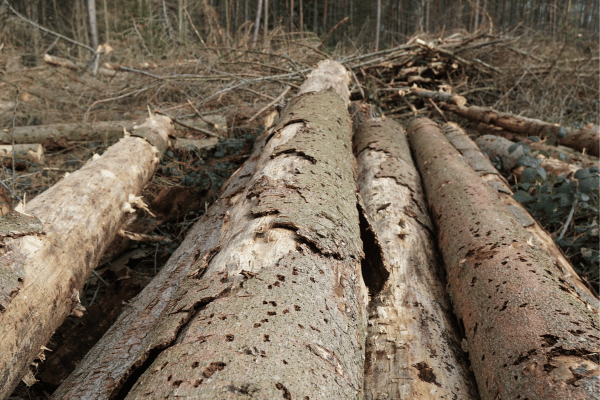
This beetle can be incredibly harmful to natural ecosystems, but can also make harvesting wood for burning an easy task.
These trees are already dead and many of them will be downed by the wind soon after dying.
Harvesting downed beetle kill can be a great way to help manage the forest as well as heat your home.
Is Spruce Good Firewood - The Advantages
To learn more, let's take a closer look at some of the advantages spruce has to offer as a viable firewood choice.
Availability Of Spruce Trees
While it isn’t everyone’s favorite wood to burn, it’s incredibly accessible as we mentioned earlier.
That makes spruce wood more common firewood than you may think.
Even though it isn’t the best, there are plenty of advantages that come along with choosing spruce to burn.
The first being that spruce trees are already being killed off by the thousands and the wood is easy to find, making it a low-effort tree to harvest.
Is spruce good firewood to split?
Yes!
Spruce wood splits easily, so long as you keep away from sections of the trunk with large knots.
Even these sections will split more easily than hardwood that hasn’t been seasoned for a long time.
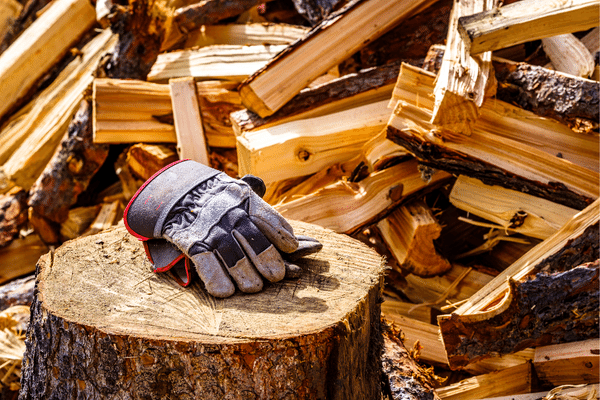
Short Drying Time
There’s not much time required for seasoning the wood, which means it can be a good choice for anyone that’s needing wood quickly.
That being said, if spruce isn’t seasoned long enough, there is a high sap content that can lead to large creosote deposits that are dangerous to let build up in your chimney.
If you are burning spruce, ensure that you are giving it enough time to dry and are letting it season over the winter, as there is less sap in the late fall and early winter.
Even if you don’t get around to splitting your spruce until the spring, it should be ready by the early fall.
Hot and Fast Burn
Because it’s a softer wood that has a high sap content, spruce is a quick and hot burn.
This can be both an advantage and a disadvantage, but if you’re looking to get a fire started or to heat things up quickly, spruce can be a great choice.
Heavy Aroma
Spruce fragrance is beloved by many that have spent time in spruce forests, or have had a spruce tree in their home during the Christmas season.
Its refreshing scent comes through when being burnt as well, which many can consider a great advantage of burning spruce.
Is Spruce Good Firewood - The Disadvantages
Now that we've covered some of the advantages of burning spruce, let's look at some disadvantages to consider.
Popping Embers
Due to the high sap content, spruce throws off a lot of popping embers when being burnt.
This can be a huge issue if you are using it in your fireplace, as a lot of embers may escape and end up on the floor in front of the fireplace.
If you’re ever burning spruce, it’s important to have a heavy duty screen in place that can catch small embers, as well as larger ones, that are thrown during the burn.
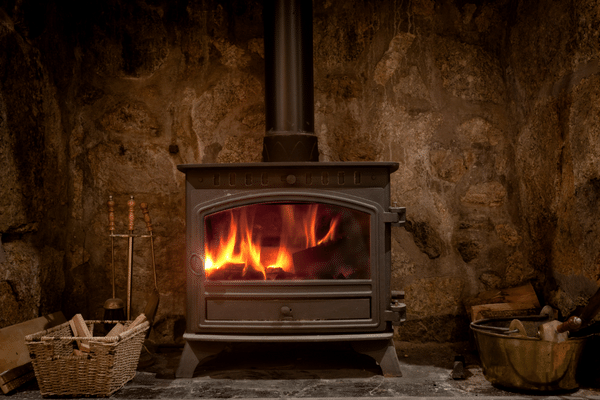
Short Burn Time
Spruce can be difficult to use in wood stoves because you’ll need to maintain the fire more often.
The wood burns up quickly, and while it will produce a big blast of heat right away, it’s not going to last a long time.
This can be helped by cutting thicker logs of spruce, but that all depends on the size of your woodstove, meaning that it isn’t always an option.
The short burn time can be tough to handle, but is still a great choice for when you’re wanting to get a fire started.
Creosote Buildup
Possibly the largest concern of all is the high level of creosote buildup that can result from burning spruce.
The creosote that builds up will end up lining the chimney and can lead to unwanted chimney fires that are incredibly dangerous.
To prevent the high levels of creosote, make sure that you are seasoning your spruce wood for a long-enough chunk of time to completely dry it out.
Also, try to mix the spruce wood in with other woods so you aren’t solely burning spruce.
Then, be sure to always clean your chimney religiously.
This gets rid of the buildup that happens naturally with any wood, not just spruce, and can help to keep you safe as you continue to rely on wood for heat.
Is Spruce Good Firewood - Overall
Overall, spruce is a decent firewood choice especially if you consider all the pros and cons when burning the wood.
Although you may have to stoke the fire more often and deal with escaping sparks, you'll be rewarded with a fast drying, easy splitting firewood that creates a hot, pleasant smelling fire.
